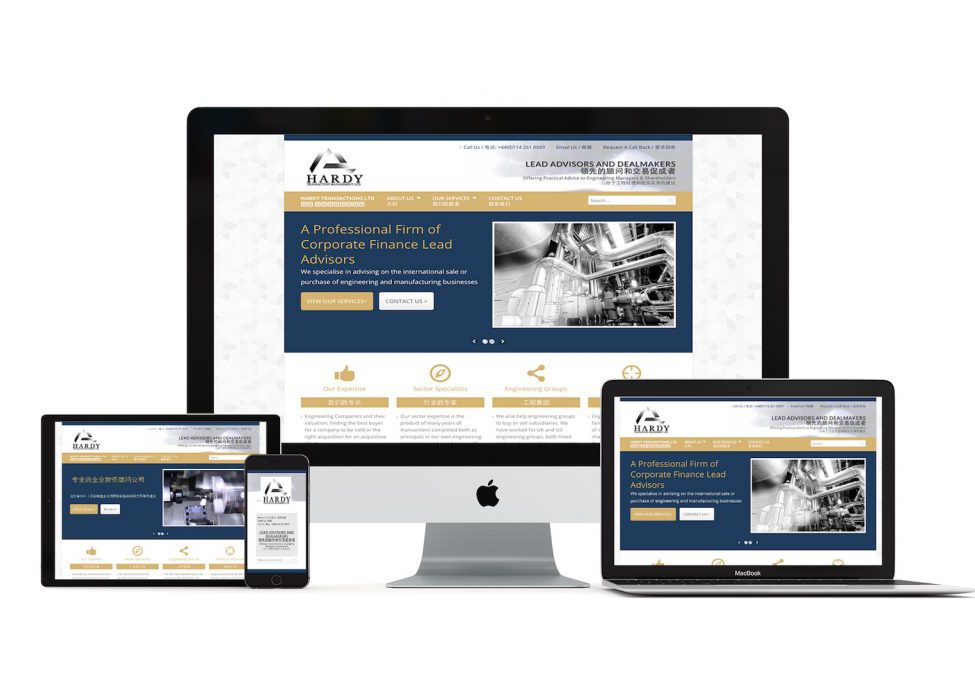Opening the Keys of Reliable Web Design Johannesburg Professionals
Opening the Keys of Reliable Web Design Johannesburg Professionals
Blog Article
Discovering the Essential Concepts and Finest Practices of Reliable Website Design for Enhanced Customer Experience and Involvement

Relevance of User-Centered Style
User-centered layout (UCD) serves as a keystone of efficient website design, stressing the requirement of customizing digital experiences to satisfy the demands and preferences of users. By focusing on the customer's point of view, UCD makes sure that websites are not only functional yet also user-friendly and appealing.
The significance of UCD lies in its capability to improve customer contentment and retention. When users locate a website easy to browse and aligned with their assumptions, they are extra likely to return and advise it to others. This strategy promotes a deeper emotional link, enabling brands to build count on and loyalty among their audience.
Moreover, UCD assists in the recognition of customer pain factors with study and testing, permitting developers to resolve these issues proactively. By including individuals in the style procedure, whether through interviews, studies, or use testing, designers acquire valuable understandings that notify much better decision-making.
Eventually, the execution of UCD not just boosts the general user experience but also drives quantifiable company outcomes. Websites that welcome user-centered approaches have a tendency to see higher conversion prices and boosted efficiency metrics, highlighting the vital duty of UCD in contemporary website design.
Key Layout Concepts
Effective website design is grounded in crucial style concepts that enhance use and visual allure, further building on the structure developed by user-centered design. These concepts include uniformity, visual power structure, and responses, which together develop an intuitive customer experience.
Consistency makes certain that style components, such as colors, fonts, and formats, remain consistent across the site. This knowledge helps individuals understand the user interface and browse with simplicity, enhancing brand identification. Visual hierarchy, achieved via positioning, color, and size, overviews users' interest to the most important content, making information much more appealing and available. By purposefully organizing elements, developers can facilitate quicker understanding and decision-making.

Including these crucial style concepts promotes a harmonious mix of performance and aesthetics, inevitably resulting in improved customer satisfaction and involvement. By adhering to these foundational principles, designers can develop internet sites that not just look enticing but additionally provide a delightful and reliable user experience.
Finest Practices for Functionality
Functionality is a foundation of effective Going Here website design, encompassing a range of practices that enhance the total experience for individuals. To accomplish ideal functionality, it is important to focus on instinctive navigation. Sensible paths and clear menus allow individuals to locate information quickly, minimizing frustration and raising fulfillment.
Furthermore, using constant design components, such as shade plans and typography, promotes knowledge and eases navigation. Customers ought to not have to relearn exactly how to engage with various sections of the website. Ensuring that your internet site is receptive throughout numerous tools is vital, as a raising number of users access content on mobile tools.
Another ideal practice entails incorporating access functions, such as why not look here alt message for pictures and key-board navigation alternatives, to accommodate customers with varied requirements. Testing usability through customer comments is indispensable, as real-world understandings can disclose unforeseen issues and areas for renovation.
Enhancing Aesthetic Power Structure
A well-defined visual power structure is critical for guiding individuals through a website, allowing them to rapidly determine the value of different elements on a web page. This can be achieved via the critical use size, spacing, color, and contrast (web design Johannesburg). Bigger elements naturally draw attention initially, making headlines or essential contact us to action a lot more popular
Shade can likewise play a significant function in establishing hierarchy; for instance, using a bold color for switches can help them attract attention against a much more soft history. Additionally, contrast in between text and background is crucial for readability, guaranteeing that individuals can quickly navigate material without pressure.
Whitespace, or adverse space, is one more vital element of visual hierarchy. It supplies breathing space around aspects, assisting to team relevant items and guiding the individual's eye from one section to one more. By properly employing these style concepts, internet developers visit can create a smooth user experience that improves engagement and reduces cognitive tons.
Ultimately, an attentively constructed visual power structure not just improves functionality but likewise fosters a more user-friendly communication with the internet site, causing higher contentment and retention rates amongst users.
Responsive and Adaptive Layout
Aesthetic pecking order plays a significant duty in individual experience, and its performance has to expand across various tools and display sizes. Adaptive and receptive design are two vital strategies to achieving this goal. Responsive design utilizes fluid grids, adaptable pictures, and media inquiries to change the format and content dynamically, making sure that customers take pleasure in a seamless experience despite the gadget. This approach enables a single codebase, streamlining maintenance and updates while enhancing consistency across platforms.
On the other hand, adaptive design uses distinct designs customized to certain screen dimensions. By spotting the user's tool and serving an enhanced layout, flexible design can supply an extra customized experience. This usually requires multiple versions of the very same material, which can make complex monitoring and increase development time.
Both techniques have their merits, and the choice in between them relies on project requirements, target market, and resource schedule. Ultimately, the goal is to develop an appealing, easy to use user interface that keeps aesthetic hierarchy and functionality across all systems. A well-implemented responsive or flexible design not only boosts individual experience however also motivates higher interaction and retention prices, vital for the success of any web job.
Verdict
By focusing on use through user-friendly navigating, aesthetic pecking order, and receptive formats, designers can produce platforms that cater to varied customer requirements. Stressing customer responses and aesthetic considerations inevitably cultivates complete satisfaction, retention, and enhanced efficiency in the electronic landscape.
In the rapidly progressing digital landscape, comprehending the essential principles and best methods of efficient web design is extremely important for promoting improved individual experience and involvement - web design Johannesburg.Functionality is a foundation of successful internet layout, incorporating a range of methods that enhance the overall experience for customers. By efficiently utilizing these layout principles, internet designers can produce a smooth individual experience that improves involvement and decreases cognitive tons
Receptive design utilizes fluid grids, flexible images, and media inquiries to change the format and web content dynamically, making sure that individuals appreciate a seamless experience regardless of the device. A well-implemented receptive or adaptive style not only improves individual experience yet also motivates greater engagement and retention prices, critical for the success of any type of web project.
Report this page